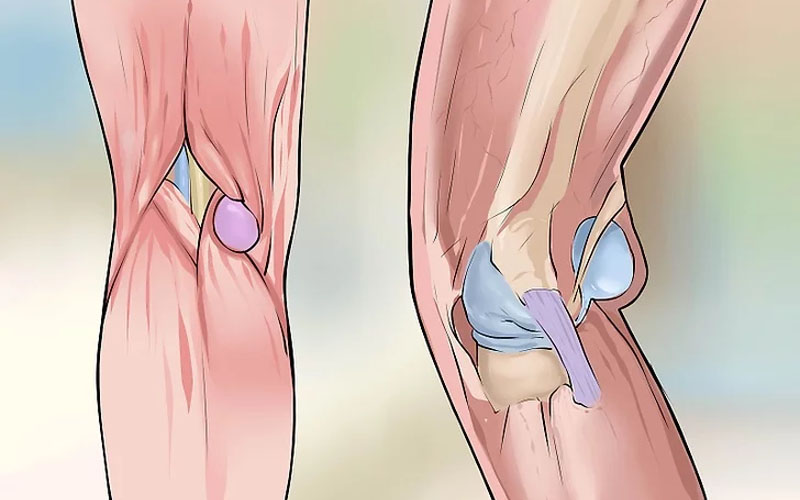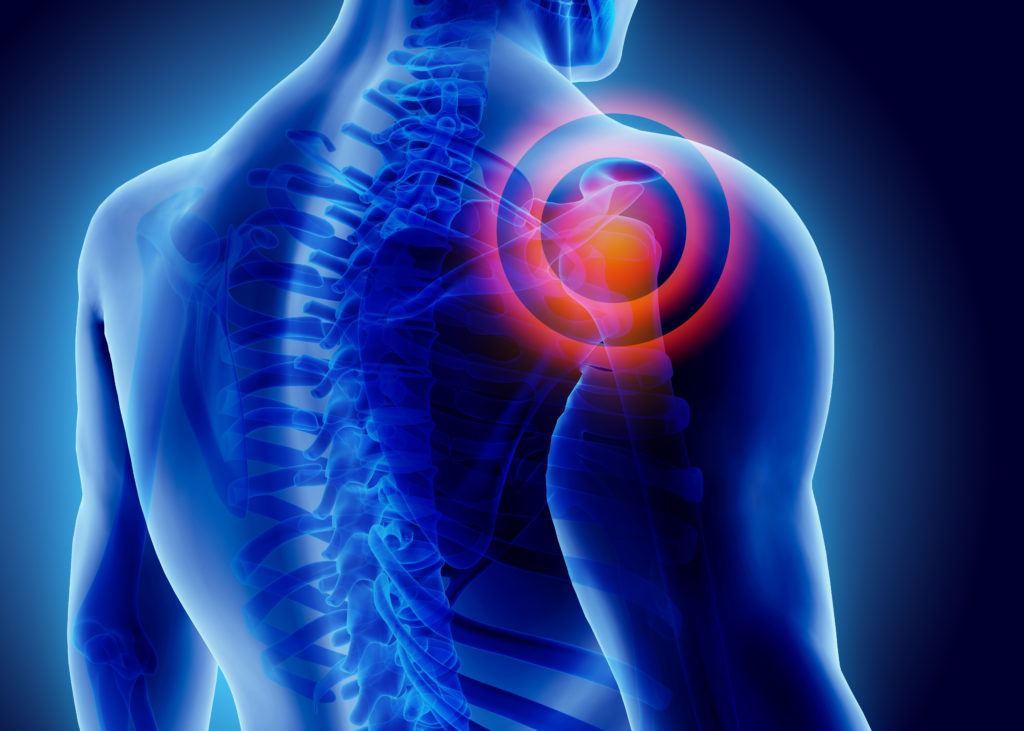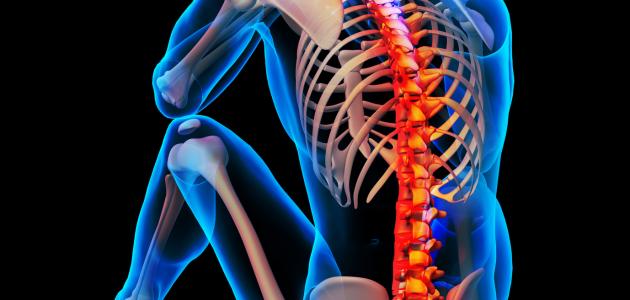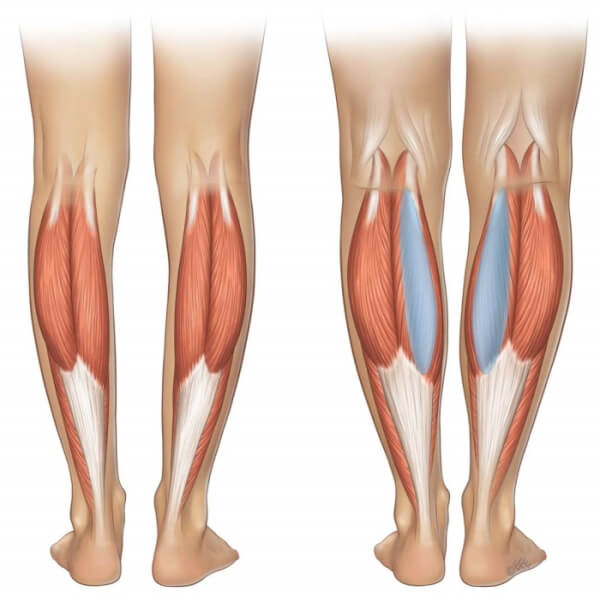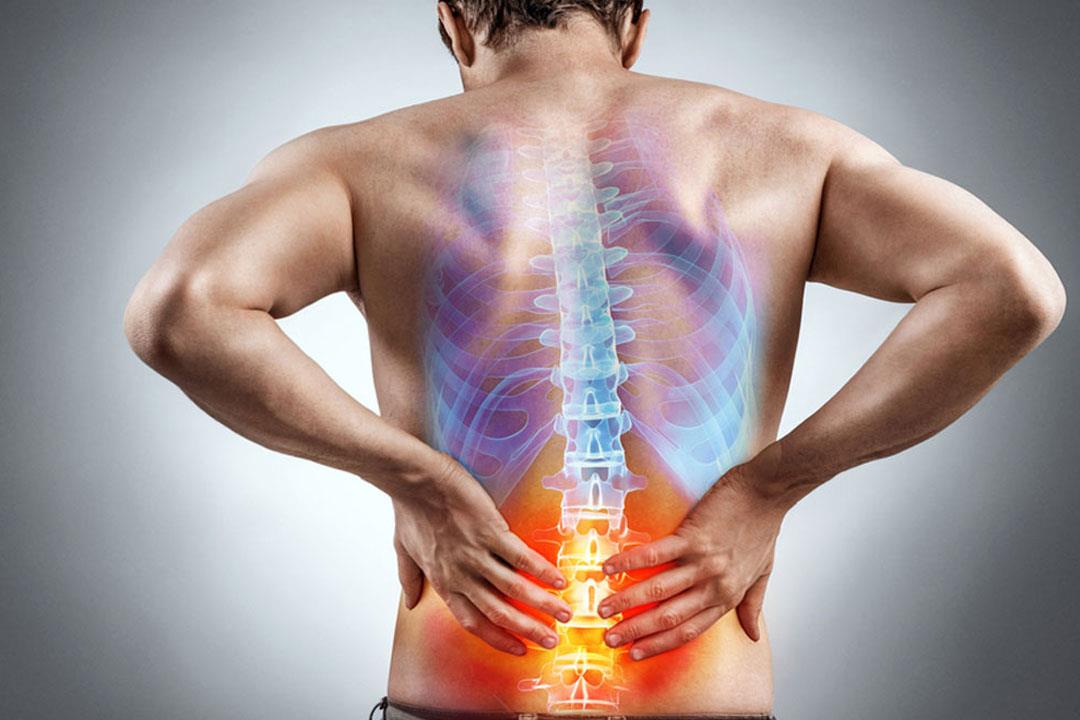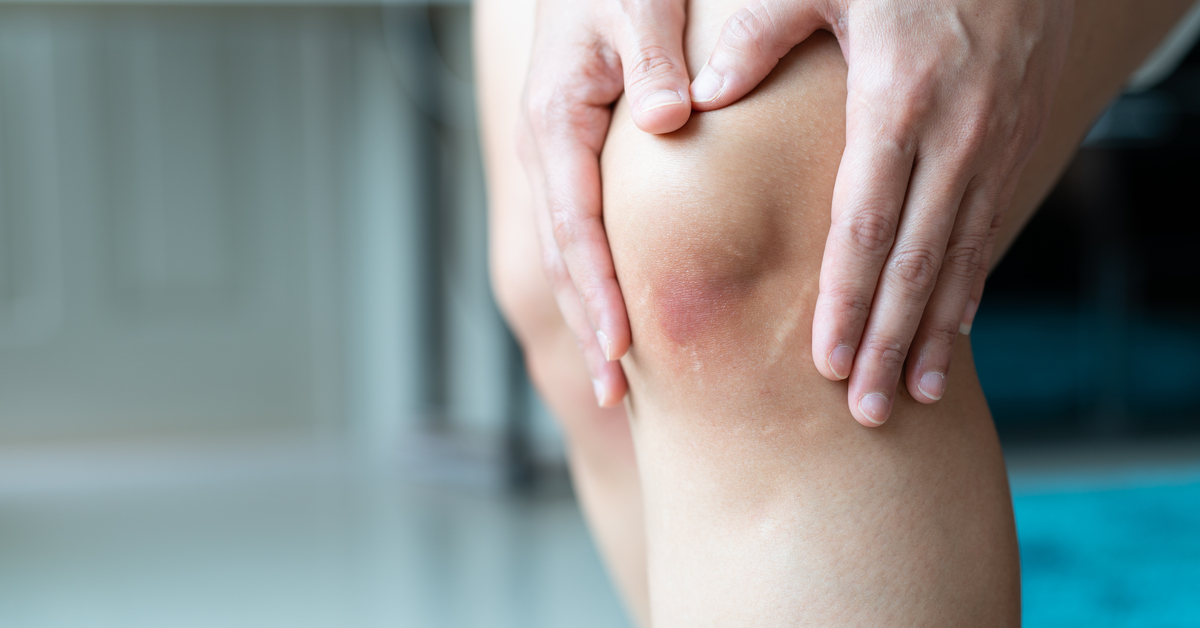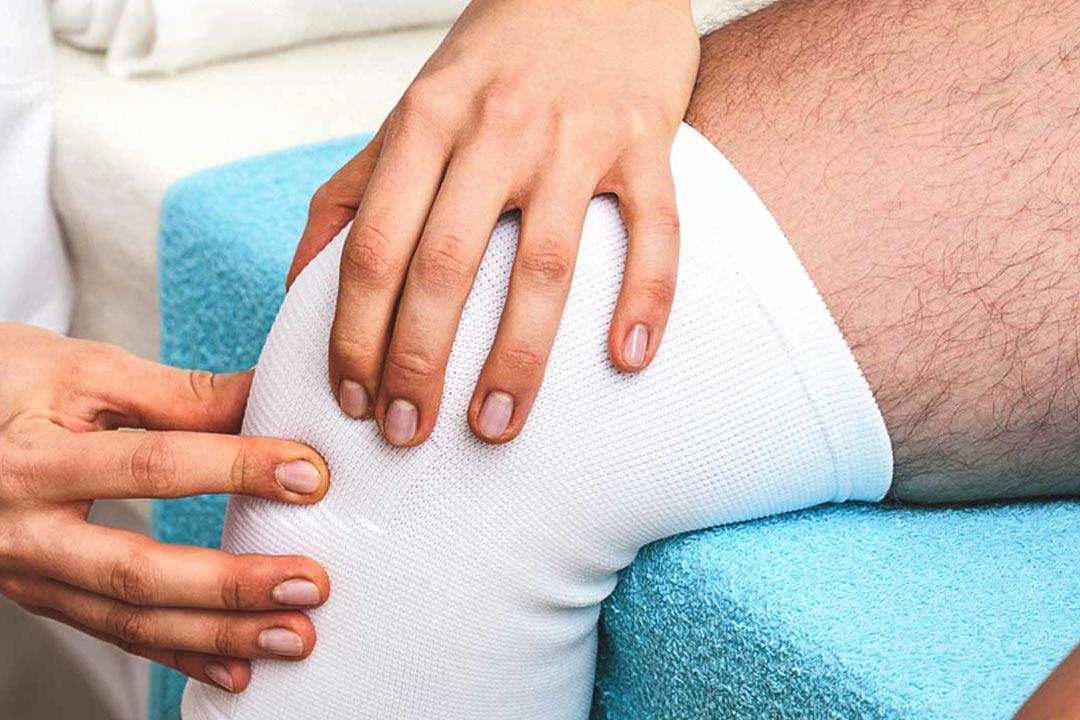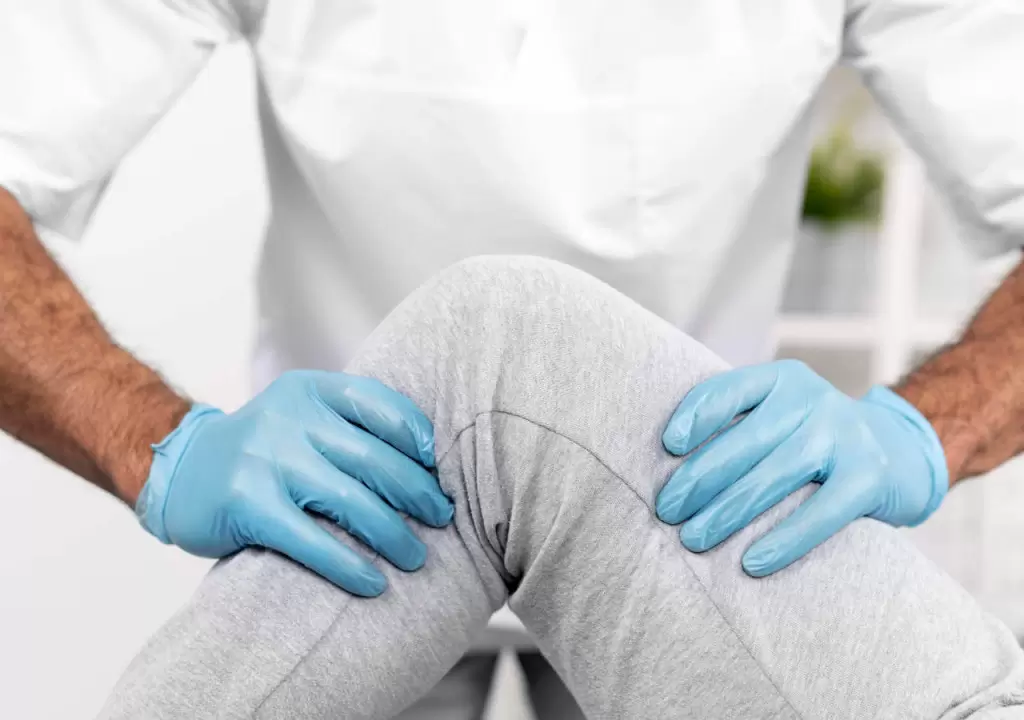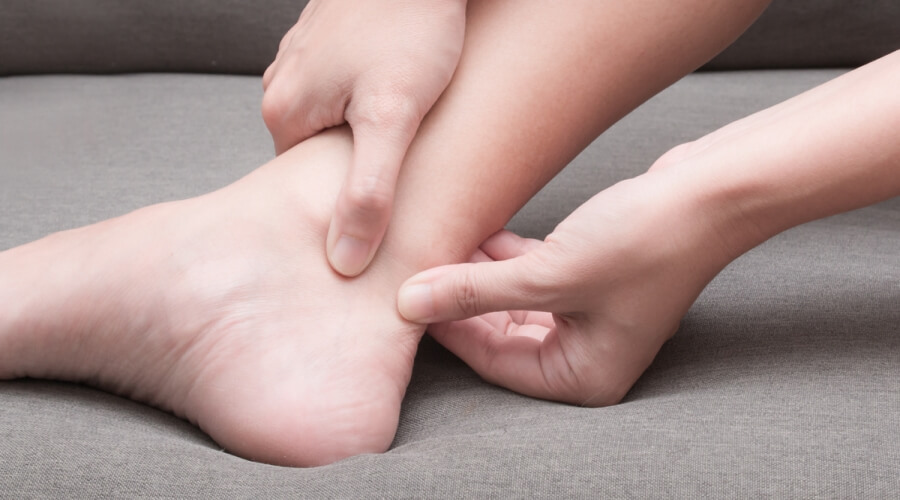!Information about Knee Joint Replacement and Cases Requiring Surgery
Knee Joint Replacement The knee joint can be subject to injuries that require replacement with an artificial joint. In this article, we will highlight the main reasons leading to joint replacement and the steps followed to perform the surgery. So, let’s explore the recommended advice before and after the procedure.
Knee Joint Replacement
The artificial knee joint replacement surgery involves replacing the damaged joint surface with an artificial joint to improve the patient’s mobility and relieve pain. The types of artificial knee joints vary in design and according to the patient’s needs. This procedure generally aims to completely replace the damaged joint surface.
The artificial knee joint replacement surgery involves removing the damaged surfaces in the joint and replacing them with an artificial joint. The patient may need to undergo a new surgery to replace the artificial joint after a certain period of time, depending on their health condition and the progress of the wound healing process.
Some patients experience abnormal symptoms after knee joint replacement surgery, such as severe pain and limited ability to bend the knee. These cases may require physical therapy sessions to accelerate the healing process and restore normal knee movement. The patient should contact their attending physician to discuss their current symptoms and inquiries about their condition and the healing process of the artificial joint.
Consult with Dr. Amr Amal to regain an active life through advanced knee joint replacement treatment.
What are the causes of knee joint replacement?
Knee joint replacement surgery is considered one of the common and effective surgical procedures for treating chronic knee joint problems. Patients may need knee joint replacement due to various reasons, including osteoporosis, arthritis, and injuries that lead to joint degeneration.
Here is a list of the main causes of knee joint replacement:
- Osteoporosis: Osteoporosis is one of the leading causes of joint degeneration and puts individuals at risk of easily fracturing bones. A decrease in bone density can lead to knee joint deterioration, necessitating joint replacement surgery for the patient.
- Arthritis: Some people suffer from chronic arthritis conditions such as rheumatoid arthritis, osteoarthritis, and juvenile arthritis. These conditions gradually damage the knee joint and may sometimes require joint replacement surgery, which helps improve knee movement and relieve pain.
- Injuries and Tears: Some individuals suffer from severe knee injuries that can cause cartilage tears or patellar dislocation. These can result in joint degeneration, knee instability, and may necessitate knee joint replacement surgery to restore joint function and relieve pain.
- Genetic Disorders: Some genetic disorders can impact the health of the knee joint, making it become fragile and prone to rapid degeneration. In these cases, joint replacement surgery may be the optimal option to improve the patient’s quality of life.
- Wear and Tear: Wear and tear occurs when the joint is subjected to excessive loading and overuse for an extended period. This includes individuals with obesity and those engaged in strenuous physical activities. Treatment in these cases may require joint replacement surgery to correct the wear and restore normal movement.
To learn more about the causes leading to knee joint replacement, click here.
Conditions that require knee joint replacement
Knee joint replacement surgery is a surgical procedure aimed at completely or partially replacing the damaged joint to alleviate severe, intolerable knee pain and improve joint movement. Here, we discuss 5 conditions that require undergoing knee joint replacement:
- Rheumatoid Arthritis:
Rheumatoid arthritis is one of the common causes of knee joint replacement. This disease affects the knee joint, causing severe pain and stiffness in movement. Joint replacement surgery helps relieve pain and improve the quality of life for those affected. - Bone Degeneration:
Bone degeneration occurs due to aging or arthritis, leading to joint damage and increased pain levels. Total or partial knee joint replacement is a common option for addressing this condition and improving joint movement. - Fractures and Injuries:
In the case of fractures or severe knee injuries, knee joint replacement may be necessary. This surgery helps restore joint function and improve mobility after recovering from the injury. - Knee Osteonecrosis:
Knee osteonecrosis is a condition that sometimes requires knee joint replacement. Joint replacement can help alleviate pain and improve the movement of the joint affected by bone diseases. - Reduced Range of Motion and Control:
In some cases, advanced damage to the knee joint can lead to reduced range of motion and control in the knee. Partial or total knee joint replacement may be the appropriate solution to restore normal movement and improve joint function.
Schedule your appointment now with Dr. Amr Amal for a personal consultation on knee joint replacement surgery and the appropriate treatment plan.
Preparations and Tests Before Knee Joint Replacement Surgery
Before undergoing knee joint replacement surgery, some preparations and tests are required to ensure the success of the surgery and reduce potential post-operative risks. Let’s look at some important guidelines to follow before entering the operating room, including:
- Initial Examinations:
Before knee joint replacement surgery, the doctor evaluates the condition of the affected joint through clinical and imaging examinations. A thorough clinical examination is conducted to assess the joint’s condition and the extent of the damage. Some examinations, including X-rays, can be used to determine the degree of joint damage. - Comprehensive Medical Evaluation:
To determine if knee joint replacement is a suitable option for the patient, a comprehensive medical evaluation is conducted. This evaluation includes assessing whether the patient has any allergies to medications or other chemicals used in the procedure. Any medical history requiring additional procedures must also be identified. - Joint Mobility Assessment:
Joint mobility is assessed before surgery by moving the leg in different motions. This aims to determine the degree of difficulty in moving the joint and its ability to glide smoothly. This assessment helps the surgeon determine the best solution for the joint problem. - Laboratory Tests:
A number of laboratory tests are performed before surgery, including complete blood count, inflammation analysis, liver function, and kidney function tests. These tests play an important role in diagnosing the overall body condition and estimating the risks associated with the upcoming surgical procedure.
Knee joint replacement surgery involves several important preparations and tests before the surgery. It requires a careful assessment of the damaged joint’s condition and ensuring that the patient is in good health and ready for the procedure. Patients are advised to consult with their attending physicians to obtain the necessary information and guidance before undergoing the surgery.
Steps of Knee Joint Replacement Surgery
In cases of knee joint damage due to various causes, the optimal solution may be to undergo joint replacement surgery. Knee joint replacement is an extensive surgical procedure aimed at replacing the damaged joint with an artificial joint to improve knee movement and relieve pain. Here are the steps of the surgery in brief:
- Preparation for Surgery:
Before the surgery, the medical team collaborates with the patient to make the necessary preparations. This may include a comprehensive examination of the affected knee and an evaluation of the patient’s overall health condition. - Performing the Surgery:
The surgery is performed by a surgeon specialized in orthopedic and knee joint replacement procedures. The surgeon uses precise tools to remove the damaged joint and replace it with an artificial joint. The surgery involves removing the damaged bones and shaping the knee to fit the new joint. - Physical Rehabilitation:
After the surgery, the patient must focus on physical rehabilitation to regain knee movement and maintain the new joint. This includes performing specialized exercises to strengthen the muscles surrounding the knee, increase flexibility, and gradually increase physical activity. - Regular Follow-up with the Doctor:
Continuing regular follow-up with the doctor is essential to ensure complete recovery and evaluate the success of the surgery. The doctor examines the patient’s condition, assesses knee movement, and evaluates the possibility of any complications.
Risks of Knee Joint Replacement Surgery
When an individual faces chronic problems with the knee joint and experiences severe, unbearable pain, and difficulty performing basic movements, knee joint replacement may be considered one of the available surgical solutions. Although this procedure is effective in improving the quality of life for patients, it carries some risks, and one of the most prominent risks is the potential for post-operative complications.
Let’s explore some of the major risks that a patient may face after knee joint replacement surgery:
- Persistent Pain and Stiffness: Some patients experience persistent pain and the inability to fully bend the knee after surgery. This can be due to factors such as swelling, inflammation of the surrounding tissues, or scar tissue formation at the surgical site. Physical therapy sessions can help alleviate this issue.
- Blood Clots: Blood clots in the legs or lungs can rarely occur after surgery, but they are considered a serious risk. Warning signs include leg swelling or severe chest pain and difficulty breathing. The patient should contact their doctor immediately if any of these symptoms appear.
- Infection Transmission: The patient may be at risk of developing an infection after surgery. Therefore, it is essential to follow precise hygiene instructions to avoid infection, such as maintaining wound cleanliness and following the doctor’s advice regarding antibiotic intake and daily care.
- Wear of the Artificial Joint: The artificial joint may wear down or become loose over time. If this issue occurs, the patient may require another surgery to replace the joint and restore its normal function.
Learn about the benefits of knee joint replacement surgery and how Dr. Amr Amal can help you regain movement and comfort.
Recovery Period After Knee Joint Replacement Surgery
After the surgery, the patient is advised to consult with the doctor immediately within a few days to monitor progress and evaluate the initial results of the surgery. Adhering to physical therapy is one of the main recommendations given by doctors to accelerate the recovery process. Physical therapy helps regain knee movement and strengthen the surrounding muscles, thereby contributing to better results and reducing the recovery period.
Additionally, the patient is advised to maintain an ideal weight, as excess weight can adversely affect the recovery process and prolong the healing period. Extra weight puts additional stress on the replaced joint and makes it difficult for the knee to fully recover.
If immediate results are not seen after the surgery, the patient should understand that the body needs time to recover and adapt to the changes resulting from the surgery. The initial stage requires convalescence, where the surgical effects are resolved, and the body is prepared to return to its normal state.
Tips After Knee Joint Replacement Surgery
After undergoing knee joint replacement surgery, the patient must follow several tips to ensure good results and accelerate the healing process. In this article, we will review some of these important tips that should be considered:
1. Take Prescribed Medications:
After the surgery, the doctor will prescribe medications to control pain, reduce inflammation, and facilitate the healing process. The patient must adhere to taking these medications according to the prescribed dosages.
2. Maintain Proper Sleeping and Sitting Posture:
Maintaining proper sleeping and sitting posture after surgery is crucial to avoid any pressure that may affect the replaced joint. It is recommended to place a small pillow under the knee while sleeping on the back or side to reduce pressure on the joint.
3. Adhere to the Doctor’s Instructions for Wound Care:
It is essential to follow the doctor’s instructions regarding cleaning and properly caring for the surgical site and wound. The dressings should be changed regularly, and swimming or bathing should be avoided for a specified period determined by the doctor.
4. Walk Carefully in the First Few Days:
After the surgery, it is important to start walking carefully and avoid excessive strain on the replaced joint. It is advisable to use crutches or a walking aid and avoid long distances until the patient regains strength and stability.
5. Regular Follow-up with the Attending Physician:
The patient must adhere to the doctor’s instructions and attend regular follow-up appointments for at least two years after the surgery. This will help the doctor assess progress and ensure complete recovery of the joint and prevent any potential future issues.
6. Apply Ice to Reduce Pain and Swelling:
One effective way to reduce pain and swelling after surgery is to apply ice to the affected area for 15-20 minutes every 2-3 hours. This helps reduce inflammation and accelerate the healing process.
7. Avoid Muscle Spasms and Strenuous Activities:
Strenuous activities and muscle spasms can adversely affect the replaced joint. The patient is advised to avoid activities that put excessive weight on the knee and cause joint irritation.
8. Prevent Blood Clots:
The risk of blood clots increases after knee joint replacement surgery. The patient is advised to follow the doctor’s instructions regarding leg exercises and prescribed medications to prevent blood clots.
Success Rate of Knee Joint Replacement Surgery
Knee joint replacement is one of the widely performed surgical procedures for treating bone joint problems in the knee, especially for the elderly. This surgery aims to relieve pain and restore the function of the damaged joint, thereby contributing to an improved quality of life for patients.
The success rate of knee joint replacement surgery for the elderly exceeds 98%, indicating the effectiveness and positive impact of this surgery in restoring functions and improving the condition of the damaged joint. The high success rate suggests that the procedure is among the most successful joint replacement surgeries.
Additionally, it is noted that approximately 90% of the artificial joints implanted during knee joint replacement surgery for the elderly remain in good condition for 15 to 20 years. This means that the surgery is a long-term investment to improve joint quality, movement, pain reduction, and functional improvement. You can benefit from the comprehensive care and extensive expertise of Dr. Amr Amal in efficiently and safely treating knee joint replacement.
Best Doctor for Knee Joint Replacement
In the medical world, knee joint replacement is a delicate surgical procedure that requires high levels of experience and professionalism. Thanks to the dedication and skills of Dr. Amr Amal, patients can receive the exceptional medical care they need.
Dr. Amr Amal currently works as a consultant in orthopedic and joint surgery at the Dar El Fouad Medical Tower. Dr. Amr has extensive experience in precisely resurfacing knee joints and installing artificial replacements. Dr. Amr is renowned for his talent and professionalism in performing knee joint replacement surgery, and he is known for his effective treatment of joint roughness and pain issues.
The knee joint replacement surgery works to rebuild the damaged knee with advanced, high-tech healthcare solutions. Dr. Amr Amal offers his expertise in the field of joint surgery to treat joint problems and provide comprehensive, personalized care to patients.
With his vast and professional experience, Dr. Amr takes care of severe cases of joint pain and arthritis using a variety of treatments, such as localized injections, medication therapy, and joint surgeries. Dr. Amr always prioritizes the patient’s needs to ensure the best outcomes.
Dr. Amr’s reputation is widely praised among patients who have benefited from his professional and outstanding services. As one of the best orthopedic surgeons in Egypt, Dr. Amr Amal is the ideal choice for all individuals in need of knee joint replacement.




